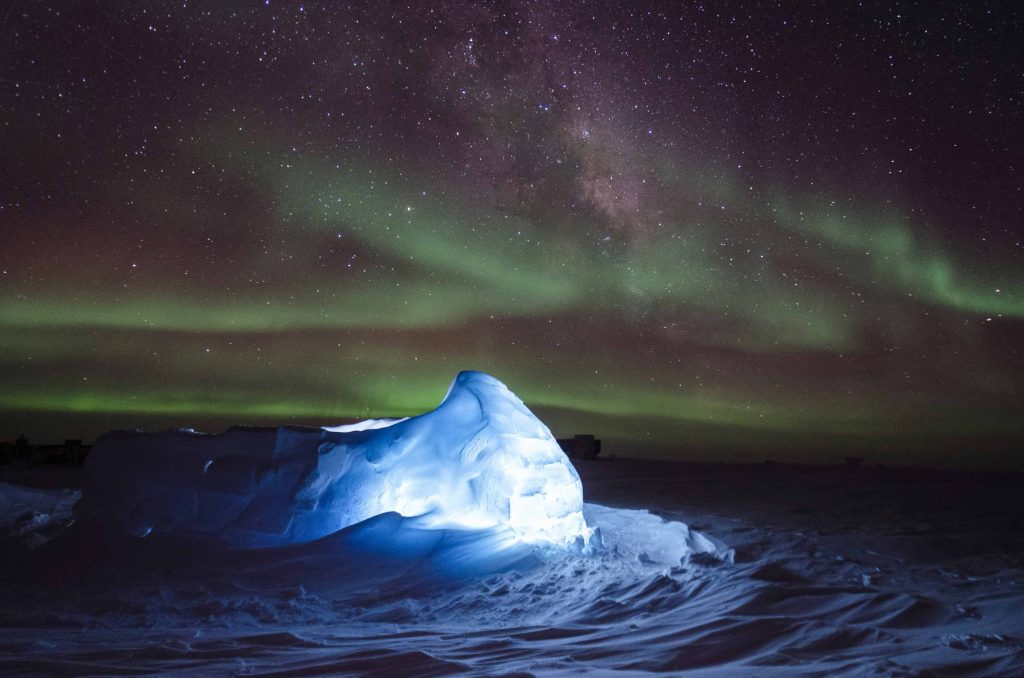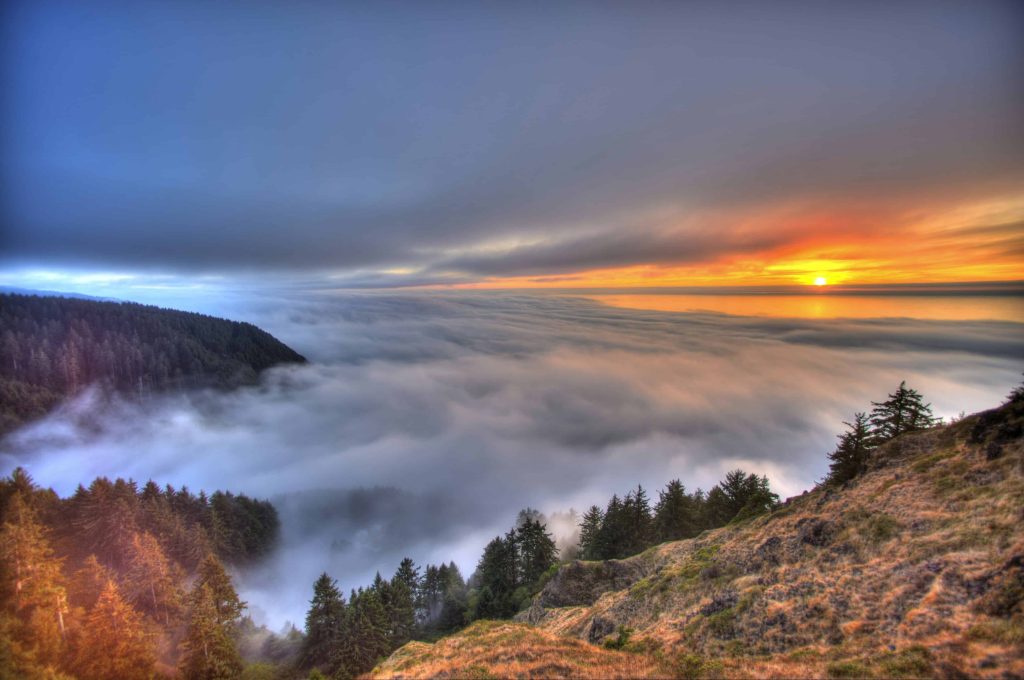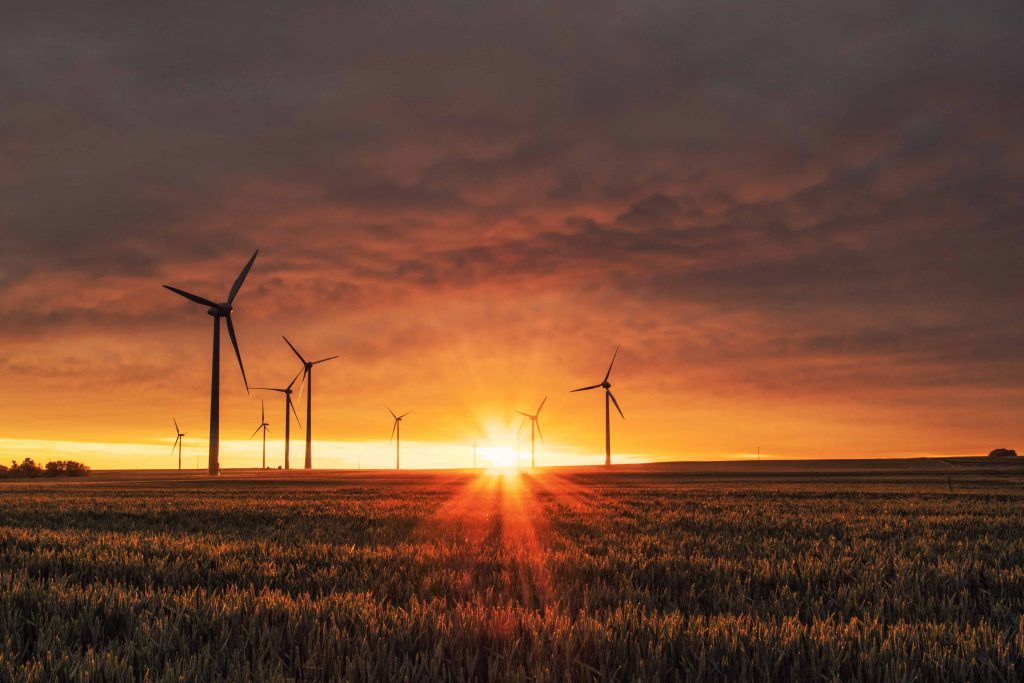Poetry and the Climate Crisis
The climate crisis is an existential threat that affects every corner of the globe. Rising temperatures, extreme weather events, and biodiversity loss underscore the urgent need for action. While science and policy play a critical role in addressing environmental challenges, art—particularly poetry—serves as a unique medium for exploring and communicating the depth of this crisis.
Poetry has long been a means of expressing human emotions and societal concerns. Today, contemporary poets are actively engaging with climate change, using their craft to bear witness, provoke thought, and inspire action. This article examines the evolving role of poetry in the context of the climate crisis, exploring its themes, techniques, and impact in 2025.
The Evolving Role of Poetry
Poetry’s Historical Connection to Nature
Poetry has historically celebrated nature, from the romanticism of William Wordsworth to the transcendentalism of Ralph Waldo Emerson. Early poets often portrayed nature as a source of inspiration, beauty, and spiritual awakening.
From Romanticization to Confrontation
While traditional poetry often revered nature, contemporary poetry has shifted to confronting its vulnerability. Rather than simply admiring landscapes, poets now document environmental degradation, pollution, and the collapse of ecosystems.
Poetry as a Witness
In the age of climate change, poetry acts as both a witness and a record. Poets capture the loss of ice caps, vanishing species, and communities displaced by rising seas, offering a human perspective on abstract statistics and data.
Themes and Motifs in Climate Poetry
Climate poetry engages with various themes that reflect the complexity of the crisis:
- Loss and Grief: Many poems mourn the destruction of landscapes, extinction of species, and irreversible damage to ecosystems.
- Urgency and Warning: Poets highlight the consequences of inaction and stress the need for immediate change.
- Interconnectedness: Many works explore the intricate relationship between humanity and the environment, emphasizing that the fate of the planet is intertwined with our own.
- Resistance and Hope: Some poems provide a sense of resilience, inspiring action and envisioning a sustainable future.
- The Anthropocene: Poetry increasingly addresses the concept of the Anthropocene—the current geological epoch shaped by human activity.
Poetic Techniques and Forms
Poets employ various literary devices to effectively communicate climate concerns:
- Imagery and Metaphor: Vivid descriptions paint stark images of environmental decline, making the crisis more tangible.
- Form and Structure: Some poets use fragmented forms or unconventional structures to mirror the disruption caused by climate change.
- Voice and Tone: Climate poetry ranges from sorrowful elegies to urgent calls for action, depending on the poet’s intent.
- Experimentation and Innovation: Emerging poets are embracing digital and performance poetry, incorporating multimedia elements to enhance their message.

The Impact and Reach of Climate Poetry
Raising Awareness
Poetry serves as an educational tool, making complex climate issues accessible to a broader audience. Through metaphor and narrative, poets translate scientific findings into emotionally resonant messages.
Fostering Empathy
Unlike scientific reports, poetry evokes strong emotions, allowing readers to connect with the crisis on a personal level. This emotional impact can drive behavioral change and advocacy.
Promoting Dialogue
Poetry invites discussion, encouraging readers to reflect on their relationship with the environment. Poetry readings, festivals, and social media have become platforms for climate conversations.
Community Building
Climate poetry helps create solidarity among activists, artists, and concerned citizens. Collaborative projects unite people from different backgrounds, fostering collective action.

Conclusions
Contemporary poetry is a powerful force in the fight against climate change. By documenting environmental destruction, evoking emotions, and inspiring action, poets contribute to global awareness and advocacy.
As the climate crisis intensifies in 2025, poetry continues to evolve, reflecting the urgency of the moment. Whether through digital activism, spoken word performances, or traditional verse, poetry remains an essential tool in shaping a sustainable future. The question remains: How will poetry further influence climate action in the years to come?
Key Takeaways
- Poetry as a Response to Climate Change
Poetry has evolved from celebrating nature to confronting environmental destruction, serving as a witness to climate change’s effects. - Major Themes in Climate Poetry
Contemporary climate poetry explores themes of loss and grief, urgency, interconnectedness, resistance, and the Anthropocene, shaping a deeper understanding of the crisis. - Poetic Techniques for Impact
Poets use vivid imagery, metaphor, experimental structures, and varied tones to make climate issues more tangible and urgent. - The Power of Poetry in Climate Activism
Climate poetry raises awareness, fosters empathy, sparks dialogue, and builds communities, making it a vital tool for advocacy and collective action.
Frequently Asked Questions
How does poetry contribute to raising awareness about the climate crisis?
Poetry translates scientific data into emotionally resonant narratives, making climate issues more accessible. Through vivid imagery and metaphor, poets capture the urgency of environmental decline, fostering empathy and prompting reflection. By engaging diverse audiences, poetry amplifies climate discourse and inspires collective action.
What are the key themes in contemporary climate poetry?
Modern climate poetry explores loss and grief over environmental destruction, the urgency of action, and humanity’s interconnectedness with nature. Themes of resistance and hope inspire solutions, while the concept of the Anthropocene highlights humanity’s role in shaping the planet’s future.
In what ways do poets experiment with form and technique to address climate change?
Poets use striking imagery, fragmented structures, and innovative forms to reflect environmental instability. Some adopt urgent, confrontational tones, while others incorporate digital and performance elements. These techniques enhance poetry’s impact, making climate issues more immediate and compelling.
Can poetry help save the planet? In a world where environmental challenges are growing, poets are using their words as powerful tools for change. Discover how eco-poetry is inspiring action, fostering awareness, and advocating for a more sustainable future.

